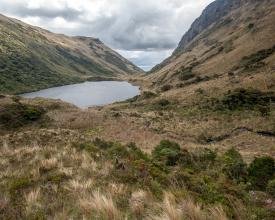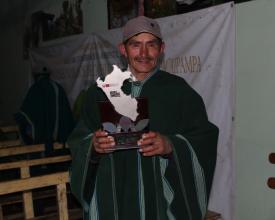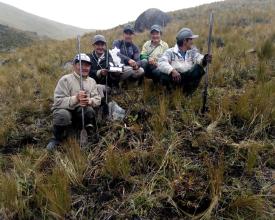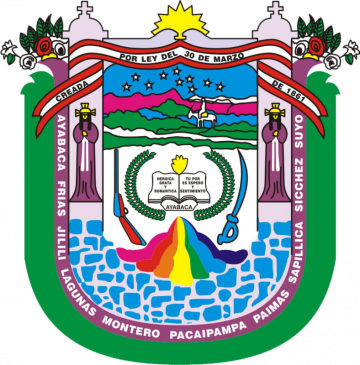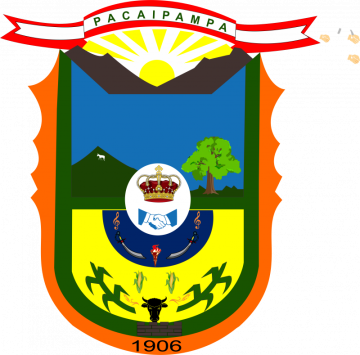
Moorland and cloud forest management: a successful experience of municipal and community management in Peru

In the "Páramos y Bosques Nublados de Cachiaco y San Pablo -Pacaipampa" Environmental Conservation Area (ACA), the management of the area is supported by the local populations in order to ensure the conservation and good use of the area's natural resources, especially water resources. Community agreements are managed through assemblies to reduce pressure on the forest and páramo. At the same time, sustainable productive activities are promoted to support families near the ACA and improve their quality, stimulating public, private, and cooperative investment, for which a management plan for orderly development in the short, medium, and long term has been developed and validated in coordination with the various stakeholders related to the ACA.
Contexte
Défis à relever
The main challenges are:
- Increased destruction of ecosystems due to poor agricultural and human activities such as excessive logging of native trees, overgrazing, uncontrolled use of fire, among others. Exploitation of certain native species has led them almost to local extinction in the natural ecosystems of the area.
- Increased poverty and food insecurity; the soil's productivity decreases, affecting agriculture, which is the basis for community survival in terms of food and income needs.
- Potential threats from activities with high environmental impact (such as mining).
Emplacement
Traiter
Résumé du processus
Both axes combine in a way that engages communities to reduce unsustainable activities by generating opportunities to implement practices that are articulated with the conservation objectives of the ACA. In turn, sustainable agricultural practices reduce pressure on the ecosystems, which allows the livelihoods of the populations living in the ACA to be maintained.
Blocs de construction
Active participation of local communities
This is a key element for the success of the ACA in terms of good use of the area's natural resources. Active participation has allowed for a clear perspective of the responsibilities and duties of the communities with respect to conservation, thus achieving recognition of an environmental conservation area by the provincial municipality, making good use of local resources and benefiting the greatest number of families in the area.
There has also been an interest in the organization and active participation of the communities in the management of the ACA.
Facteurs favorables
The favorable factors were 3, namely:
- Continuous training on topics of importance of natural resources.
- Agreements reached and approved by the community assembly on the use, exploitation and protection of natural ecosystems.
- Promotion of sustainable productive activities.
Leçon apprise
Local communities need to be empowered in the ACA management process.
Promotion of sustainable productive activities to improve local livelihoods.
The promotion of productive activities has been developed through
- Assemblies with the communities to reduce pressure on the forest and páramo.
- The promotion of investments as an opportunity to improve the livelihoods of the community and also as an example for neighboring communities to follow in terms of changing attitudes towards the conservation of the forest and páramo.
- Improvement of the main traditional crops such as wheat, corn and potatoes through technical assistance, technified irrigation and improved seeds.
- Improvement of the dairy products production chain through the technification of the cheese, yogurt and blancmange production process, improved pastures and technified irrigation.
- Promote aquaculture by raising trout, taking advantage of the availability of good quality water and the demand for protein in the local diet, including markets in nearby cities.
- Promotion of alternative crops, such as fruit (avocado, apple, peach, orange) and technical assistance.
Facteurs favorables
Articulation of wills between investors and the community in favor of sustainable activities
Leçon apprise
The impacts and results must be palpable in the lives of local community stakeholders so that they strengthen their commitment to ACA management. In other words, a before and after in people's lives in reference to the implementation of project management.
Something key in the whole process has been the creation of the QUIROZ-CHIRA WATER FUND, a mechanism of retribution for ecosystem services (or payment for environmental services), since 2014, which receives financial contribution from the irrigators of the coastal valleys, who benefit from the water that is "produced" in the highlands of Ayabaca and Pacaipampa, where the environmental conservation area is located. This finances part of the activities and the other part is managed by the community itself, with support from the municipalities and international cooperation.
It is also key to maintain good and permanent communication with the community.
Impacts
The main impacts generated are reflected at the level of the communities near the ACA, considering that they are in a situation of extreme poverty. These impacts are listed below:
1. Commitment on the part of the communities oriented to conservation.
Improvement in the quality of life of the communities through the promotion of public, private and cooperative investment.
Bénéficiaires
- Families of the San Juan de Cachiaco and San Pablo properties.
- Indirectly, the farmers of the lower basin and residents of the Piura region, who benefit from the various environmental services provided by the ACA.
Objectifs de développement durable
Histoire
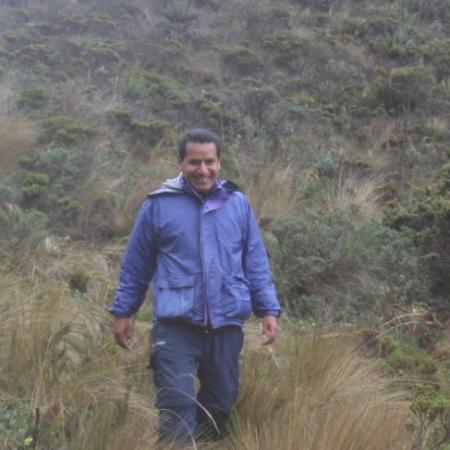
The two communities that participate in the Pacaipampa ACA are the community of San Pablo and the community of San Juan de Cachiaco. Both have had a permanent interest in declaring the area a conservation area due to the constant threats present in the area such as burning and logging. The inhabitants identified the need to have legal security over the area in order to carry out monitoring and control activities to mitigate threats.
The District Municipality of Pacaipampa and the Provincial Municipality of Ayabaca joined the communities' initiative and the Environmental Conservation Area was formed as a municipal entity.
The communities carry out constant socialization activities and dissemination of the benefits of the ACA as well as monitoring and surveillance activities in the area.
Decisions about the ACA are made in assemblies and there is active participation by both communities, showing their commitment to the area's conservation. Pressures on the forest have decreased through the dynamization of investments and productive activities in the ACA, which has provided an opportunity to improve the lives of the communities.
The systematization of this case was carried out by the International Union for Conservation of Nature (IUCN). The case was selected by ICLEI South America in 2018.
For more information: http://sams.iclei.org/es/que-hacemos/proyectos-en-ejecucion/areas-protegidas-locales/peru.html
The IUCN and ICLEI actions were within the scope of the regional project Protected areas and other area-based conservation measures at the local government level, and had the financial support of the Deutsche Gesellschaft für Internationale Zusammenarbeit (GIZ) GmbH. The regional project is implemented by the Ministries of Environment of Brazil, Colombia, Ecuador and Peru, and GIZ, in cooperation with ICLEI and IUCN. The regional project is supported by the German Federal Ministry for the Environment, Nature Conservation and Nuclear Safety (BMU) within the scope of the International Climate Initiative (IKI).


